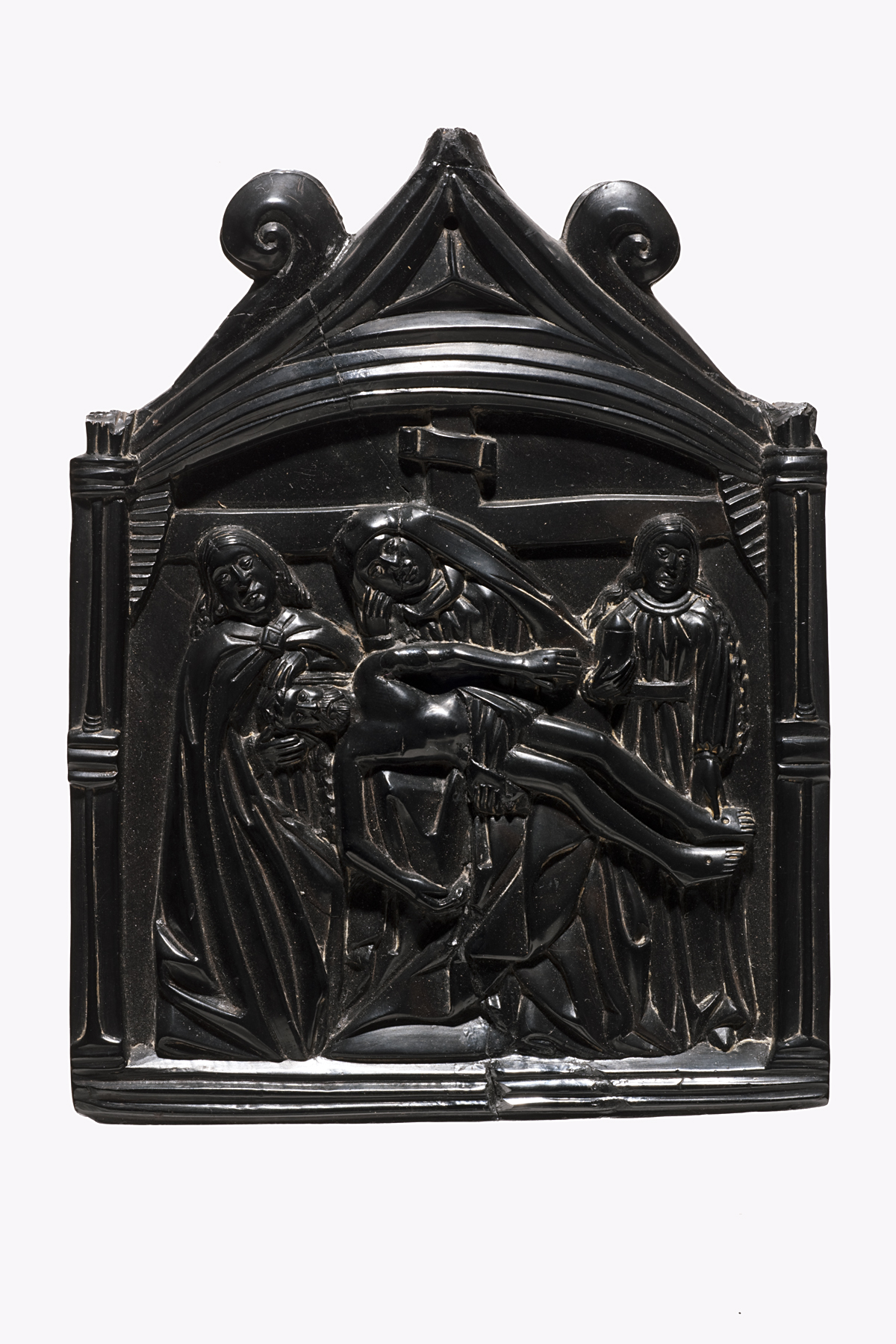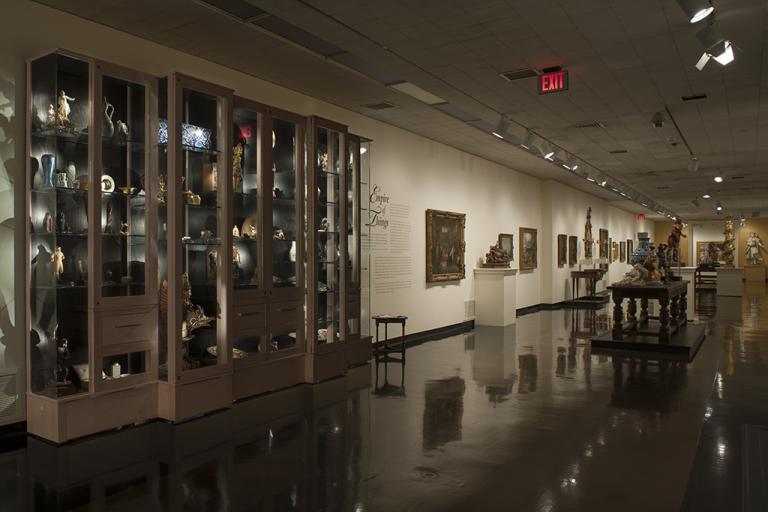pax with the Pietà, unknown maker from Spain
Artwork Overview
pax with the Pietà
, circa 1500
Where object was made: Kingdom of Galicia (present-day Spain)
Material/technique: carving; jet
Credit line: Museum purchase: Gift of her friends in memory of Helen Talbert Waggoner
Accession number: 1961.0030
Not on display
If you wish to reproduce this image, please submit an image request







